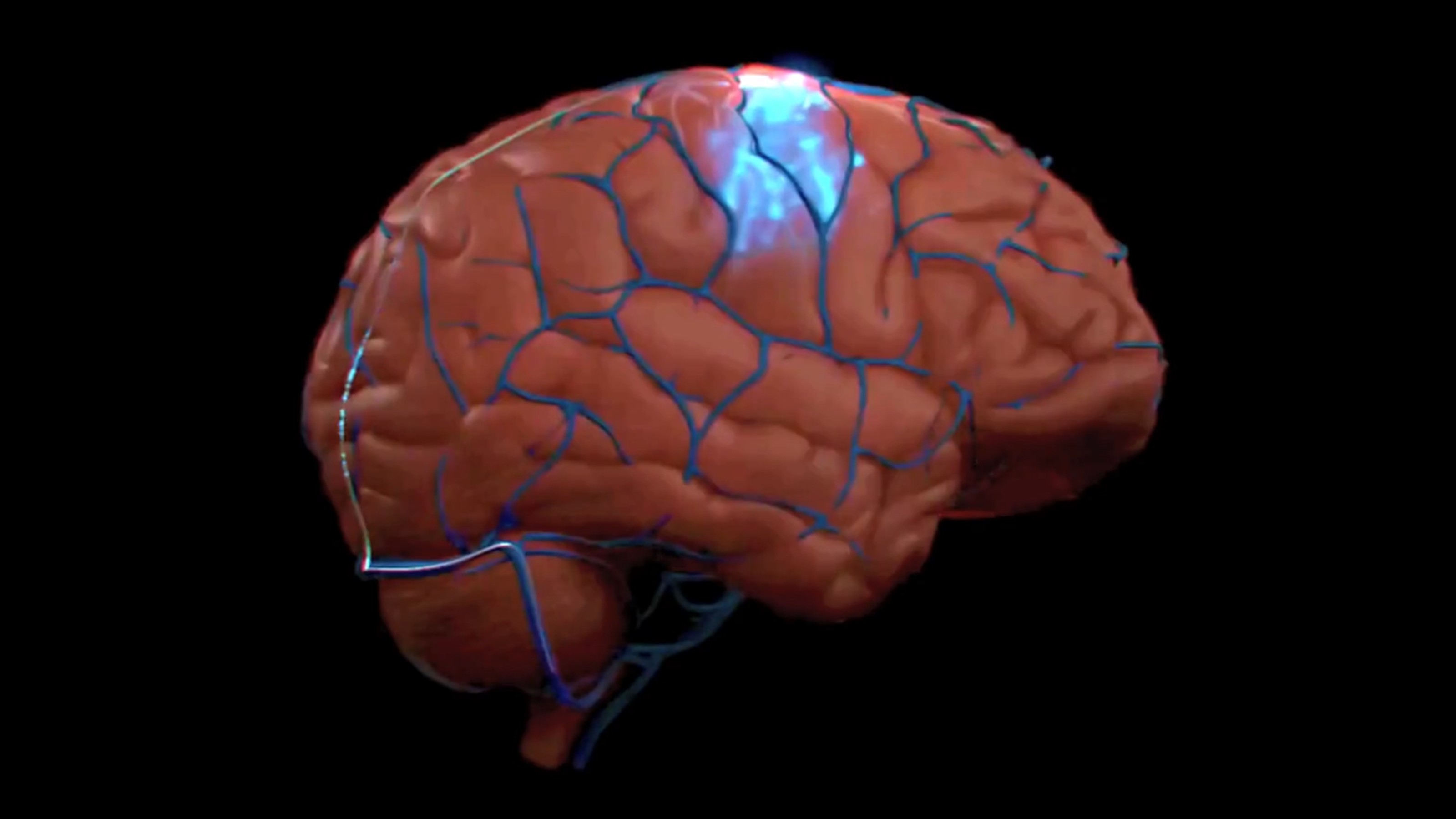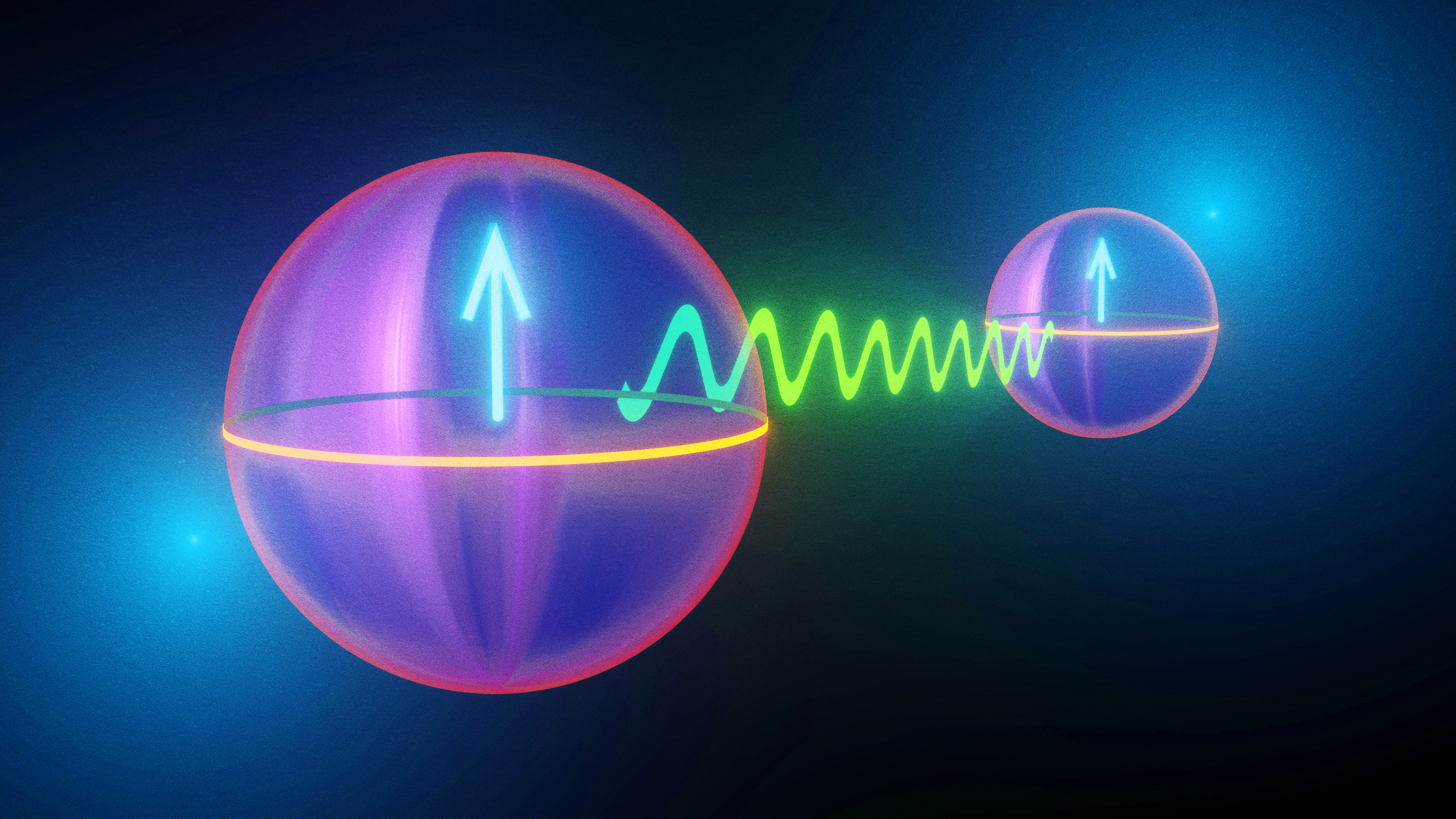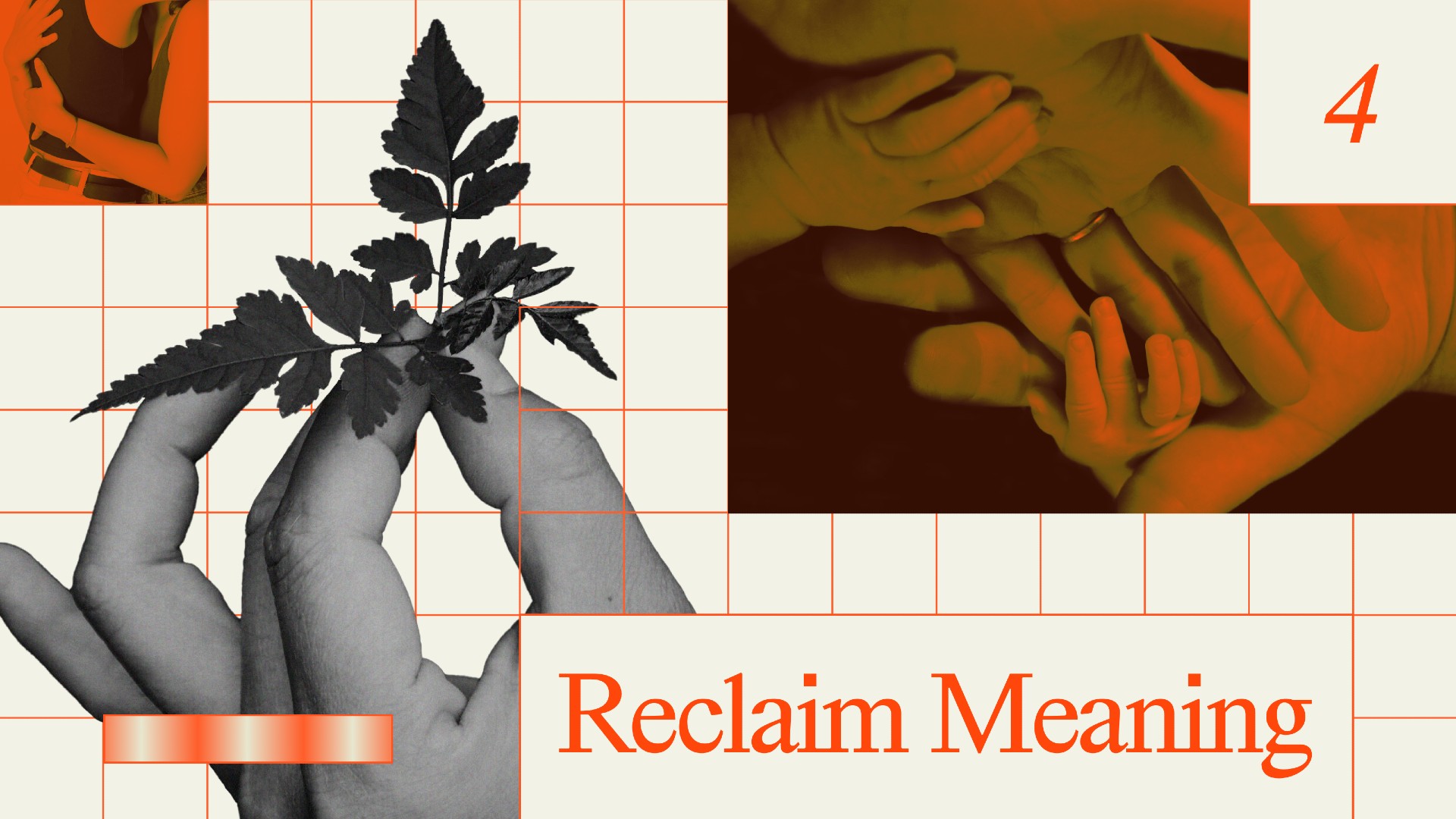Bill Frisell is an American guitarist and composer. One of the leading guitarists in jazz since the late '80s, Frisell's eclectic music touches on progressive folk, classical music, country music, noise[…]
Sign up for the Smarter Faster newsletter
A weekly newsletter featuring the biggest ideas from the smartest people
Majoring in guitar is great, but you should still try to glean as much knowledge as you can outside of school as well.
Question: How is jazz changing as today’s music students come rnto it through the academy?
Bill Frisell: When I was rnstarting to play, I think in Boston, Berklee was one of the very few rnplaces where you could actually, I’m not even sure you could major in rnguitar. It’s like, well you know... yeah you can play the guitar, but rnyou have to play a real instrument if you’re going to get a degree or rnsomething. And I played clarinet in college. When I first went to rncollege, I majored in clarinet because they wouldn’t let me major in rnguitar. And all that’s changed. There was North Texas State and Berklee rnand a couple of places that had these jazz programs. And that’s rndefinitely changed. And there’s so much available... so much music you rncan get in books and it’s all around. My generation, I still had to rnlearn by going, you know, I’d go to clubs and older guys would let me rnplay and a lot of it happened outside of school. And I’m thankful that Irn was able to learn in a bar or something, that’s where you learned how rnto play. But that doesn’t seem to happen. I guess it's still there, rnbut... And I’m glad that all of this stuff is available, but I think yourn can’t just go one way, you have to try to get as much as you can get rnfrom as many different directions. I think the danger is just to go intorn a school and stay within that... I mean there’s a lot in there, you rncould spend your life just right in there, but there’s a lot of other rnstuff outside of there and I think the danger is just staying... closingrn off whatever other ways there are to learn about stuff.
Like rnthe thing about... you go to a college and then end up teaching at the rncollege and then this sort of incestuous thing starts happening and I’m rnnot sure how healthy that is. I think there’s laws against that.
Question:rn Who are some young musicians today that you admire?
Billrn Frisell: I just recently have gotten to play with Jason Moran, a rnpiano player. He’s not that young... But he’s someone within the last rnfew years that I heard something in his music that I hadn’t heard for a rnlong time that goes way, way back. Way, way deep, into some place way rnfar back and every once in a while I get afraid that these things are rngetting lost sometimes. And I heard him and I was like, "Oh okay, we’re rnsafe." I love his music so much and to get to play with him was really rngreat, recently.
I heard another piano player from New Orleans, rnJonathan Batiste. He’s young and his band was young. Some of the guys rnin the band were not even 20 years old yet. I just heard them a few rnmonths ago. And I heard something in that music that, again, it was thisrn emotional heart.... He’s a fantastic technical player, but what was rngetting me was he was tapped into this emotional thing that gets me rngoing when I listen to music and he was working with that. And that rnreally gives me hope... there’s no way we’re ever going to kill music. rnThere’s always going to be somebody that’s going to get it.
Recordedrn on May 5, 2010
Interviewed by Victoria Brown
Bill Frisell: When I was rnstarting to play, I think in Boston, Berklee was one of the very few rnplaces where you could actually, I’m not even sure you could major in rnguitar. It’s like, well you know... yeah you can play the guitar, but rnyou have to play a real instrument if you’re going to get a degree or rnsomething. And I played clarinet in college. When I first went to rncollege, I majored in clarinet because they wouldn’t let me major in rnguitar. And all that’s changed. There was North Texas State and Berklee rnand a couple of places that had these jazz programs. And that’s rndefinitely changed. And there’s so much available... so much music you rncan get in books and it’s all around. My generation, I still had to rnlearn by going, you know, I’d go to clubs and older guys would let me rnplay and a lot of it happened outside of school. And I’m thankful that Irn was able to learn in a bar or something, that’s where you learned how rnto play. But that doesn’t seem to happen. I guess it's still there, rnbut... And I’m glad that all of this stuff is available, but I think yourn can’t just go one way, you have to try to get as much as you can get rnfrom as many different directions. I think the danger is just to go intorn a school and stay within that... I mean there’s a lot in there, you rncould spend your life just right in there, but there’s a lot of other rnstuff outside of there and I think the danger is just staying... closingrn off whatever other ways there are to learn about stuff.
Like rnthe thing about... you go to a college and then end up teaching at the rncollege and then this sort of incestuous thing starts happening and I’m rnnot sure how healthy that is. I think there’s laws against that.
Question:rn Who are some young musicians today that you admire?
Billrn Frisell: I just recently have gotten to play with Jason Moran, a rnpiano player. He’s not that young... But he’s someone within the last rnfew years that I heard something in his music that I hadn’t heard for a rnlong time that goes way, way back. Way, way deep, into some place way rnfar back and every once in a while I get afraid that these things are rngetting lost sometimes. And I heard him and I was like, "Oh okay, we’re rnsafe." I love his music so much and to get to play with him was really rngreat, recently.
I heard another piano player from New Orleans, rnJonathan Batiste. He’s young and his band was young. Some of the guys rnin the band were not even 20 years old yet. I just heard them a few rnmonths ago. And I heard something in that music that, again, it was thisrn emotional heart.... He’s a fantastic technical player, but what was rngetting me was he was tapped into this emotional thing that gets me rngoing when I listen to music and he was working with that. And that rnreally gives me hope... there’s no way we’re ever going to kill music. rnThere’s always going to be somebody that’s going to get it.
Recordedrn on May 5, 2010
Interviewed by Victoria Brown
▸
3 min
—
with





